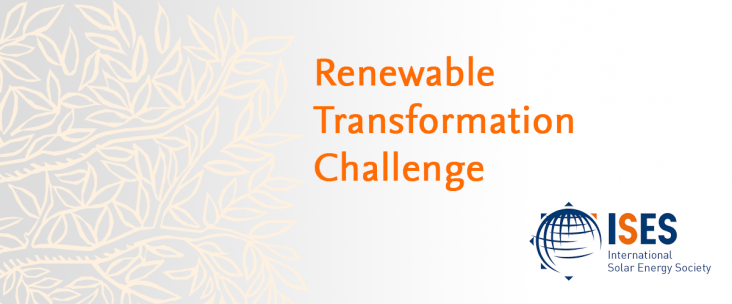A study to evaluate medical student perceptions on the intersection of climate change and health in medical education.
This book chapter advances SDGs 9, 13, and 11 by exploring the relationship between environmental quality and economic development to help policymakers design and implement effective policies in order to achieve sustainability goals.
Sea level rise (SLR) has and will continue to impact coastal communities in the coming decades. Despite the widespread availability of data on SLR projections, little is known about the differential impact of SLR on minority or economically disadvantaged populations. In this study, we aim to identify the geographic areas in which low-income and communities of color along the North and South Carolina coastline in the United States will experience the most severe effects of SLR.

To limit global warming to well-below 2°C (WB2C), fossil fuels must be replaced by low-carbon energy sources. Support for this transition is often dampened by the impact on fossil fuel jobs.
Background: Europe has emerged as a major climate change hotspot, both in terms of an increase in seasonal averages and climate extremes.
Owing to its versatility, biomass can be used for a range of CO2 mitigation and removal options.

Record climate extremes are reducing urban liveability, compounding inequality, and threatening infrastructure.
Ocean Acidification and Marine Wildlife, 2021, pp 247-263
This chapter aligns with Goal 14: Life Below Water and Goal 13: Climate Action by discussing the impacts of ocean acidification on marine biological processes and highlighting future research directions to understand and preserve marine biodiversity.

Elsevier and the International Solar Energy Society (ISES) are pleased to announce the third biennial Renewable Transformation Challenge. If you have an innovative proposal which contributes to the goal of transitioning to 100% renewable energy, submit your application for a chance to win €20,000.
Elsevier,
Or Aleksandrowicz, Chapter 1 - Mapping and management of urban shade assets: a novel approach for promoting climatic urban action, Editor(s): Ansar Khan, Hashem Akbari, Francesco Fiorito, Sk Mithun, Dev Niyogi, Global Urban Heat Island Mitigation, Elsevier, 2022, Pages 1-27, ISBN 9780323855396, https://doi.org/10.1016/B978-0-323-85539-6.00003-2
This chapter advances UN SDG goal 12 by ensuring sustainable consumption and production patterns
